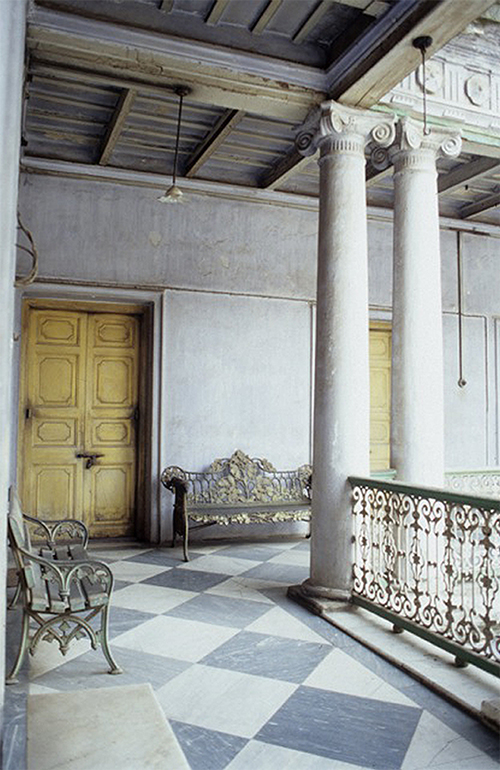Architectural historian Swati Chattopadhyay invites us to rethink how we see and write about cities. Rather than assuming a geography of centers, suburbs, and exurbs, her work explores the many small, scattered, and generally neglected spaces—those that make up the fabric of our cities yet remain at the farthest edges of awareness and understanding. Taking the ex-colonial city in India as her locale, she discusses the exceptional moments when these unseen spaces become apparent.
Specializing in modern architecture and urbanism, as well as the cultural landscape of British colonialism, Swati Chattopadhyay is interested in the ties between colonialism and modernism, as well as the spatial aspects of race, gender, and ethnicity in modern cities which are capable of enriching post-colonial and critical theory.
Her awards include a National Science Foundation grant, two grants from the American Institute of Indian Studies, a J. Paul Getty Fellowship, a fellowship from the Swedish Collegium for Advanced Study, a Distinguished Visiting Fellowship from Queen Mary, University of London, and the Society of Architectural Historian's Founder's Award.
She is current editor of the Journal of the Society of Architectural Historians and was recent guest editor of a special section of Urban History, "Suburbs in India." Her books include Representing Calcutta: Modernity, Nationalism, and the Colonial Uncanny. This study of the city under British colonial rule and in its later incarnations includes such issues as gender, identity, and nationalism and is considered an essential text for scholars of colonialism, South Asia, and urban development. Her latest work is Unlearning the City: Infrastructure in a New Optical Field (U Minnesota Press, 2012). She is currently at work on a new book project, "Nature's Infrastructure," which addresses the infrastructural transformation of the Gangetic Plains between the 17th and 19th centuries.
Professor and Chair, History of Art and Architecture
University of California, Santa Barbara



